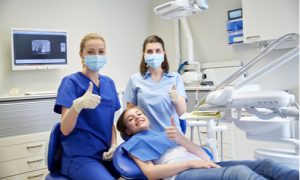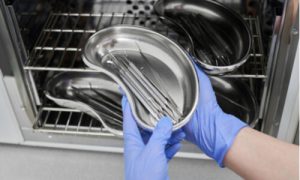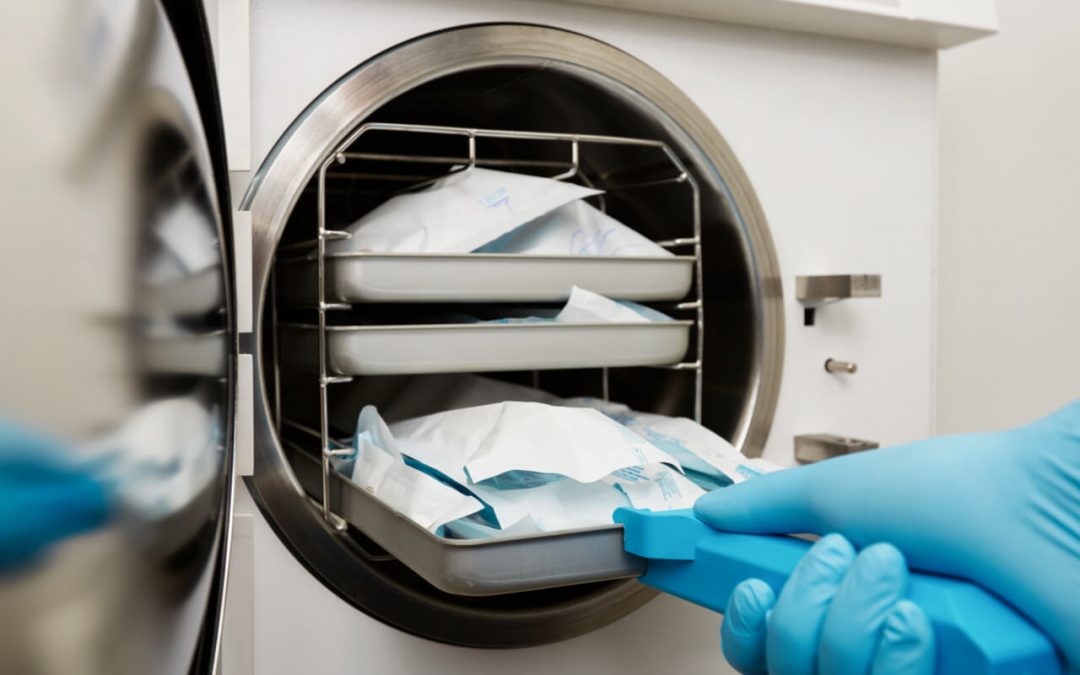Infection control is a significant responsibility in every medical, dental, and healthcare practices. As a vital aspect in treatment and mitigation, proper sterilisation for surgical instruments and dental appliances are necessary. This challenge has led the way towards the creation of a centralised guideline to harmonise sterilisation procedures. To maintain hygienic practices in dentistry, dental associations adopt the Australian Sterilisation Standards as a part of their practice. In this article, we will discuss how the implementation of the said guidelines works.
What Are The Australian Sterilisation Standards?
The creation of Australian Sterilisation Standards is a part of the country’s response to strengthen its healthcare practices. Above all, it contains a set of specifications and guidelines that will regulate the sterilisation practice in the country.
Perhaps one of the most difficult challenges for every healthcare setting involves cross-contamination and the spread of infection. These events often happen because of improper disinfection of surgical and dental instruments. Health staff, practitioners, and other medical professionals are primarily responsible for preventing these occurrences. Following a set of standards, there is an assurance for everyone that there is a proper observation of sterilisation techniques.
The Australian standards provide a significant impact not only in the healthcare practice. More so, it helps bring a brighter outlook in ensuring patient safety. Because it is a requirement in every healthcare setting, dental associations are responding to the said guidelines.
Australian Sterilisation Standards in Dentistry
The Australian Dental Association is the governing body for a dental practice in the country. Therefore, they are responsible for ensuring that dental establishments comply with the existing standards. It is their full commitment to build and improve the country’s dental practices.
To maintain alignment with the existing international standards, the Australian Dental Association publishes updated guidelines for dentists. This document is what we know as ADA’s Guidelines for infection control. It is a legal requirement for registered dental practitioners to comply with the policies stated in the guidelines.
Implementation of Australian Standards in Dentistry
Additionally, other dental organisations take part in the performance of these guidelines. The Dental Board of Australia works hand in hand with the ADA to address adherence to the standards. It is a requirement for dental establishments to provide documentations that contain their standard operating procedures for clinical practices.

On the other hand, effective dental sterilisation does not only involve maintaining paperwork. Review and implementation are also critical. In particular, the dental support staff must undertake appropriate training for aseptic techniques in dental instrument sterilisation. This certification is necessary to ensure proper knowledge of standard practice and protocols.
Proper Sterilisation Requirements
Reprocessing of dental and surgical instruments in the clinic is relevant in practice. Compliance with the Australian standards is essential to guarantee patients that infection control procedures are well-observed. Dental sterilisation is critical to prevent transmission of infection. Correct reprocessing of dental instruments avoid contamination. According to international standards and Standards Australia Technical Committee, reprocessing of dental instruments must follow guidelines stated in AS/NZS 4187 and AS/NZS 4815.
The guidelines for proper sterilisation has a subdivision in several categories, including the following:
Infection Risk
Depending on the instrument’s use, the risk for infection comes in a wide range. The preparation and reprocessing follow the intended use of the tool. According to experts, the risk for instruments come in three categories. Each of these classifications follows specific requirements for dental sterilisation.
- Critical. There is an entry to dental cavities, penetration into tissues, and direct contact in the bloodstream. Instruments belonging to this category are dental forceps, surgical burs, and other dental handpieces. For these appliances, immediate sterilisation before and after use is necessary. Otherwise, the board encourages the implementation of single-use instruments.
- Semi-Critical. When there is direct contact in the non-sterile mucosa and skin, the board classifies the instrument as semi-critical. For instance, dental mirrors and probes are of frequent use but do not come in contact with critical areas of the mouth. While reprocessing of these instruments are not as stringent as those under a critical category, it is still best to practice dental sterilisation on the highest standards.
- Non-Critical. This category is for instruments with the lowest risk of infection transmission. Prosthetic gauges, bib chain, and other items that do not directly contact your tissues are considered non-critical. However, it would be best if you still observed sterilisation techniques. Generally, the cleaning process involves thermal disinfection following washing with laundry detergent.
Reprocessing Area and Workflow
There should be a designated sterilisation area within the dental premises. Ideally, this area is where functional reprocessing, labelling, and disinfection take place. The dental association follows a stringent implementation of this rule because sterilisation should happen in a non-contaminated zone.
Additionally, the workflow processes should also pose a minimal risk for aerosol contamination. Generally, the goal is to reprocess dental instruments from contaminated to clean. If there are limitations in the work area, there should be a specific sink where sterilisation takes place.
Sterilisation Process as per Australian Standards
Transferring of Instruments

Carrying of instruments must not be done by hand. There should be a particular container that separates contaminated from non-contaminated tools. By doing so, you are minimising the risk of potential injuries and preventing other handling concerns.
A systematic approach to instrument transfer ensures segregation between clean and unclean items. On a more critical note, the dental staff must wear protective gloves when handling instruments.
Pre-cleaning
As a part of the clinical process, every dental facility must follow a pre-cleaning procedure prior to actual sterilisation. Pre-cleaning is essential, especially for surgical instruments that are heavily contaminated. Experts highly recommend this technique to improve the efficiency of instrument reprocessing.
To comply with the regulatory standards, the workflow for pre-cleaning must specify the type of cleaning solution and detergent in the facility. Furthermore, the support staff must be well-trained before the procedures.
Wrapping of Instruments for Sterilisation
Prior to sterilisation, the instruments must be well-packaged to prevent breakage. According to international standards, routine sterilisation requires wrapping the items before autoclaving. Dental clinics must conform with the proper types of paper bags and textile wraps as stated in AS 1079.2 and AS 3789.2.
Batch Control Identification
According to AS/NZS 4815, assigning batch control numbers plays an essential role in risk reduction and quality assurance. This ID helps determine the time and condition wherein the instrument has undergone sterilisation.
A batch code contains a sequence of numbers, letters, or codes that can specify the item. In practice, it is essential to note down this information to correctly identify if the instrument is good to use for dental procedures.
Steam Sterilisation
After thorough preparation, the actual sterilisation process should take place. Autoclaving gets rid of viable microorganisms, including bacteria and spores. The sterilising staff must know the right combination of heat and moisture in a specific amount of time.
Additionally, there are several types of sterilisation cycles depending on the type of instrument. Therefore, Dental clinics must know which process is necessary for their devices.
Monitoring and Storage

Regular monitoring of the sterilisation cycle is mandatory for every clinical setting. It helps ensure that the correct sterilisation parameter is maintained. Lastly, the dental staff must also practice proper storage after sterilisation. It is crucial to protect the instruments from environmental contamination. Before the use of the tool, the dental practitioner must examine the wrapping. If signs of compromise are present, reprocessing should be needed.
Final Thoughts
Implementation of sterilisation standards in practice can be a tedious process. Above all, dental associations in Australia work together to make the standards fully operational. With the joint effort of the Standards Austalia Committee, Dental Board of Australia, Australian Dental Association, and other relevant organisations, the country is taking a leap towards a healthy and safe dental practice.
Therefore, as dental professionals, it is our duty to address compliance with the standards. If you happen to own a dental clinic, you can do your part in improving dental practice in the country. In order to help you comply with the requirements, we are proud to offer a wide range of sterilisation equipment and autoclaves.
If you have any questions, please do not hesitate to talk to us.


